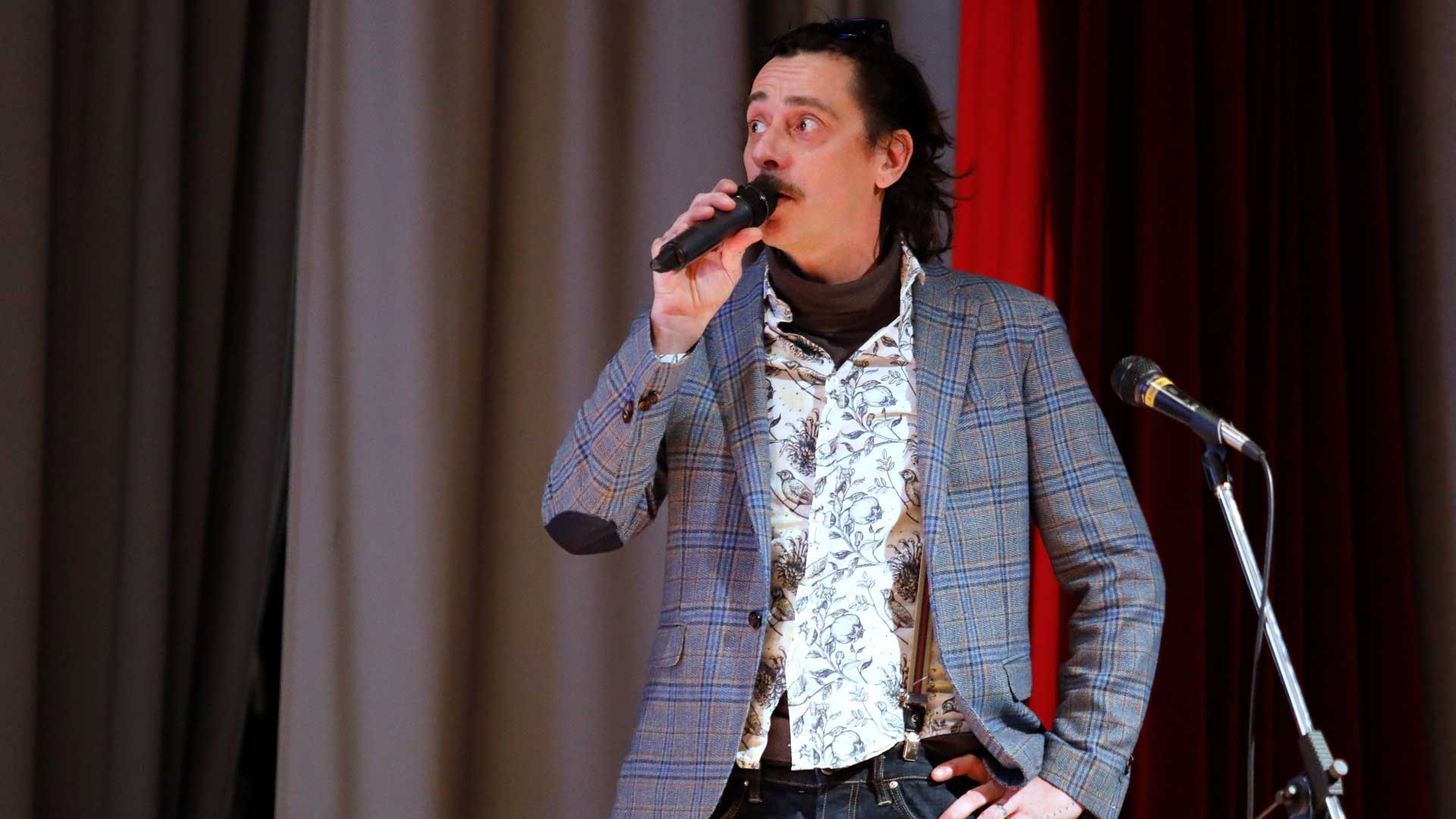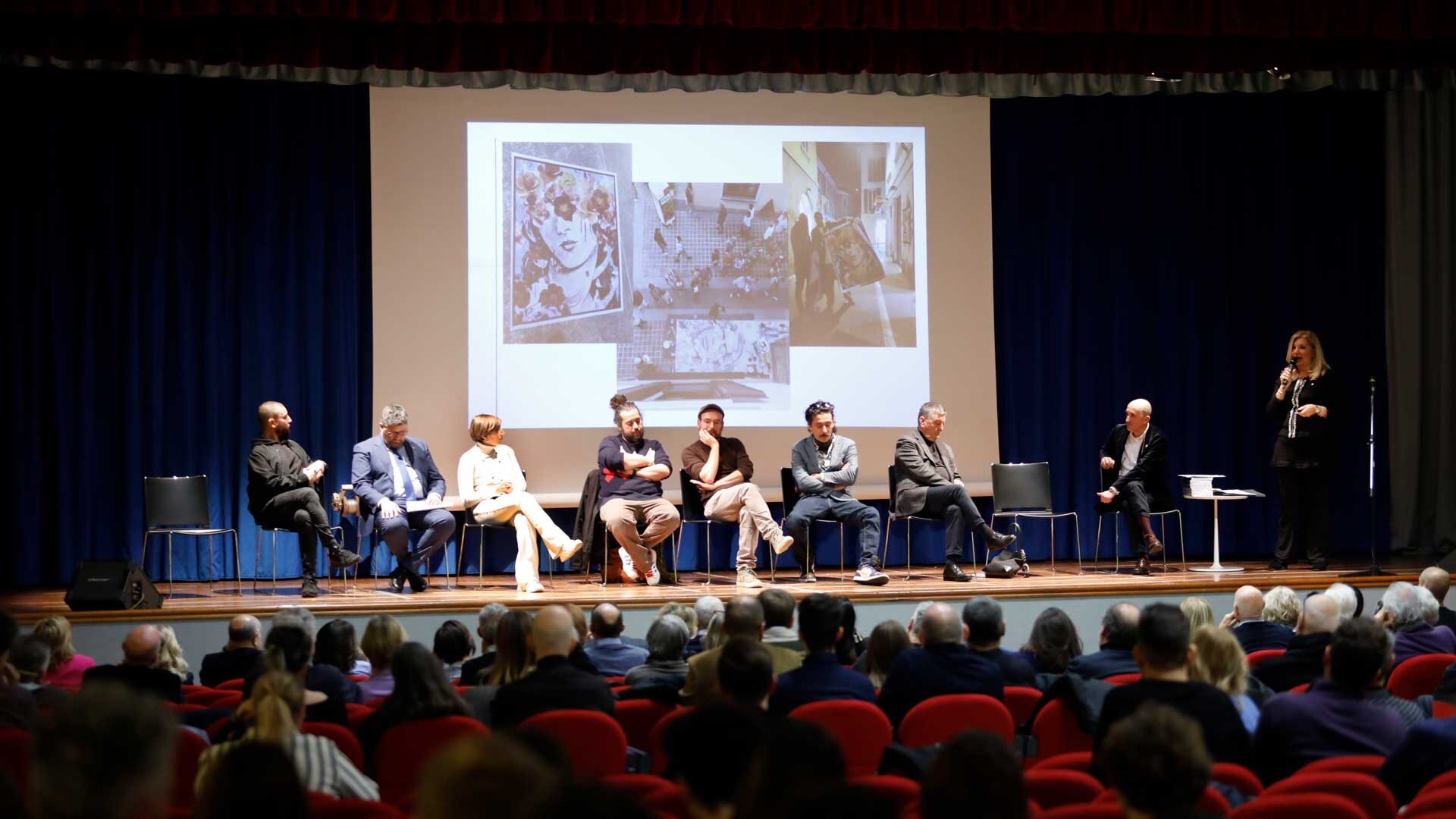“Arte e Rigenerazione Urbana” event, on January 27th brought together, at the Mary Ward auditorium of the Collegio Villoresi in Merate, Architecture professionals and artists for a dialogue on the role of art in urban redevelopment
An Event to Highlight the Cohesion Between Art and Urban Planning
On Saturday January 27 th, from 10:00 am, many young students filled the red seats of the Collegio Villoresi‘s auditorium in Merate, together with design experts, professionals, connoisseurs and art enthusiasts. During the morning, numerous guests took the stage, talking about the importance of enhance the beauty of our cities, redeveloping the most disadvantaged areas with the street art.
Massimo Gianquitto, ceo of Level Office Landscape, introduced the talks by describing the motivations that led him to organize the conference together with the Orders of Architects, Planners, Landscapers and Conservationists of the province of Monza and Brianza and Lecco, present with its presidents Michela Locati and Anselmo Gallucci and with the Rotary Club Merate, on stage with the president Nicola Piazza.
Arte e Rigenerazione Urbana: the Meaning of Spaces
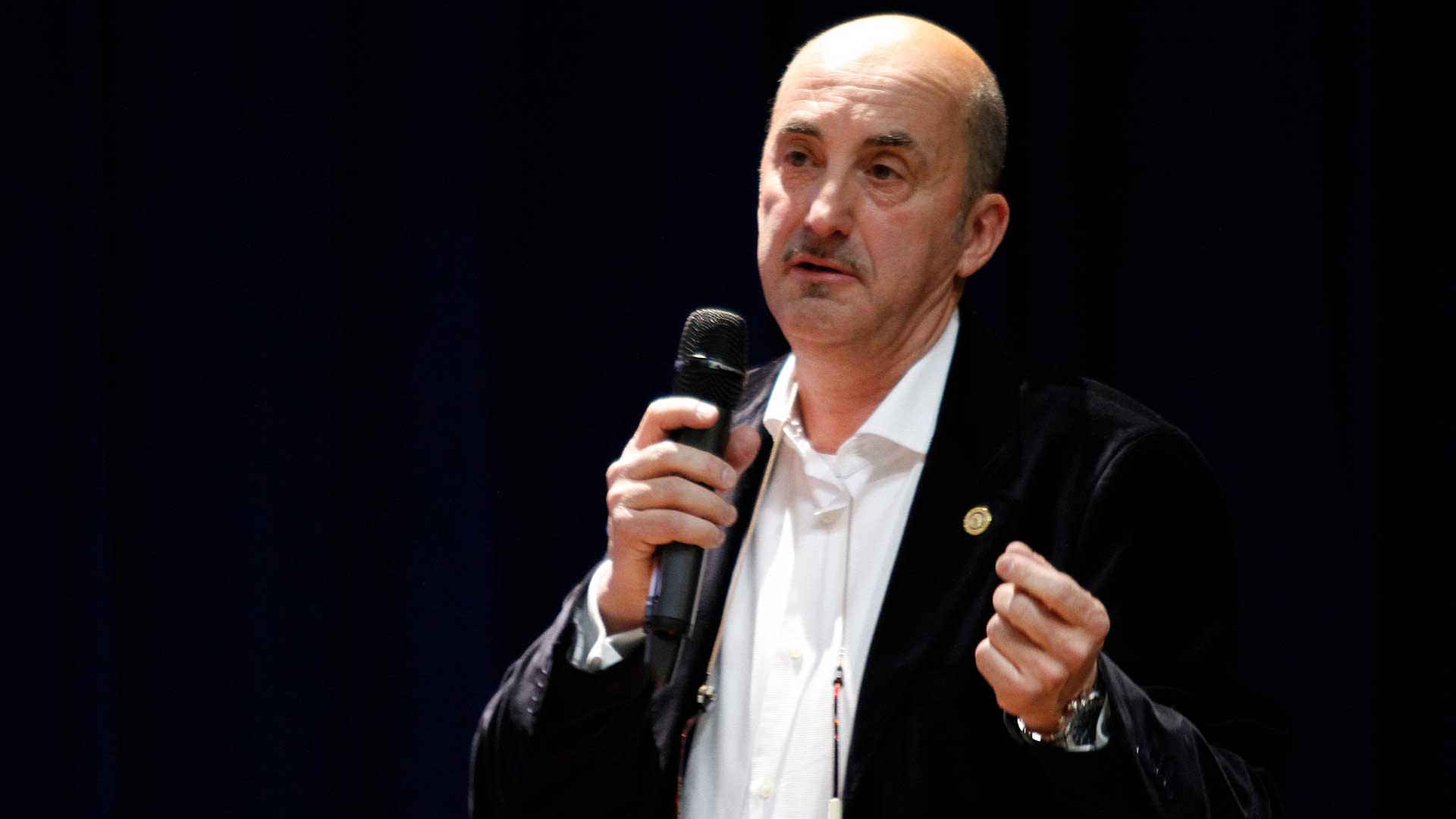
The theme immediately involved the public, although at first glance it might seem abstract and far from everyday life. With the pandemic, cities around the world have begun, out of necessity and not by virtue, to renovate their streets, squares and public spaces. It was an opportunity to rethink shared spaces. In recent years, attention towards the environment, land consumption, water resources and the protection of biodiversity has certainly grown thanks to urban regeneration projects on existing buildings and the promotion of urban reforestation plans to limit pollution. As Elena Granata, professor of Urban Planning at the Politecnico di Milano, states in her interesting book entitled: “placemakers“, our time suggests we face new changes through a different approach compared to traditional urban planning.
Who Are the Placemakers
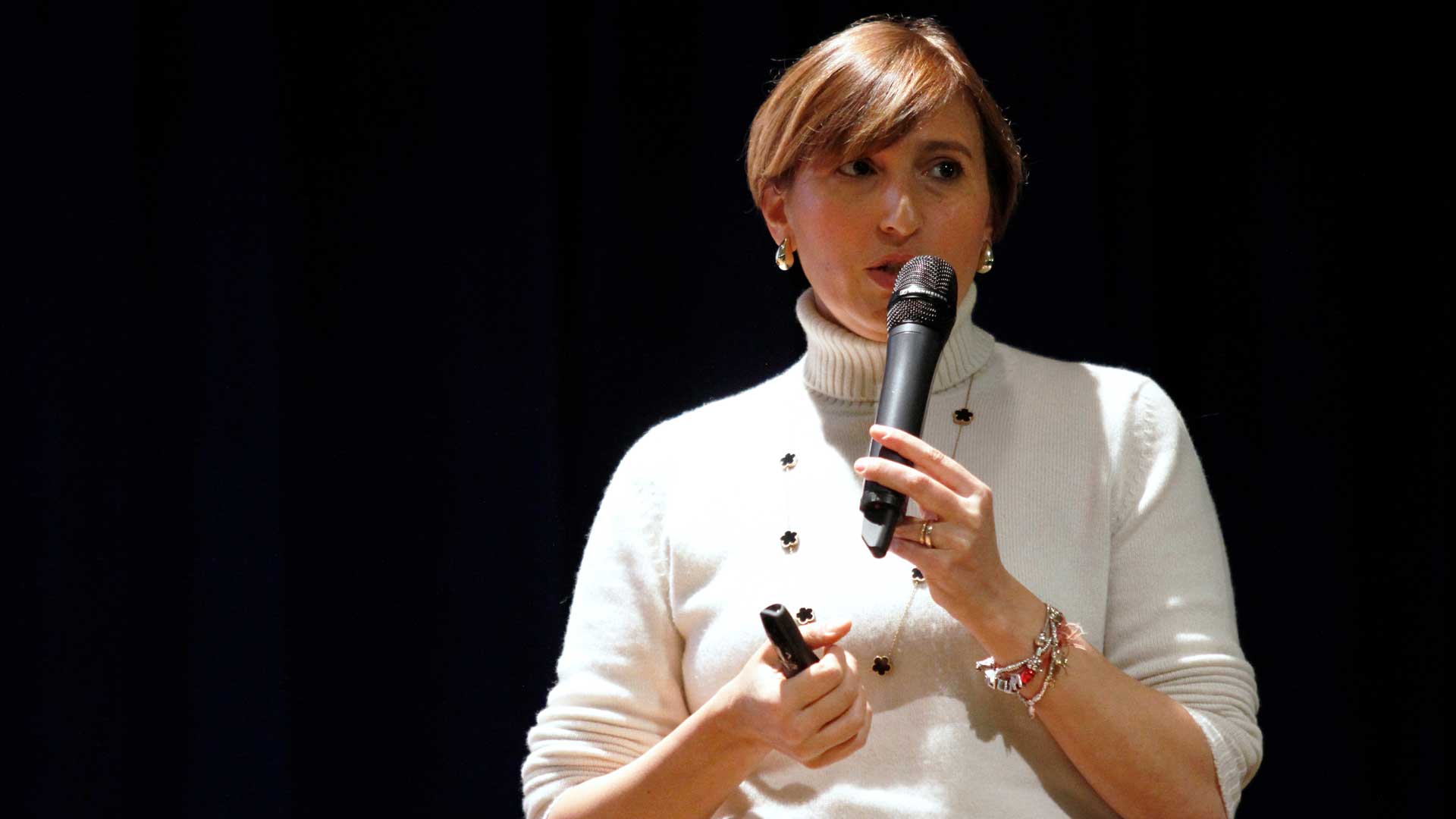
The author theorize new figures emerging, named the placemakers “designers of places“, inventors of spaces not yet existing and which must be designed. New figures which try to restore meanings and life of places that have lost it: a new category of individuals who turn their attention to the city’s waste, abandoned places, blind walls and unused warehouses, with the idea of regenerating and reinventing. They start from the existing, reconnect spaces that are separate and devoid of vitality.
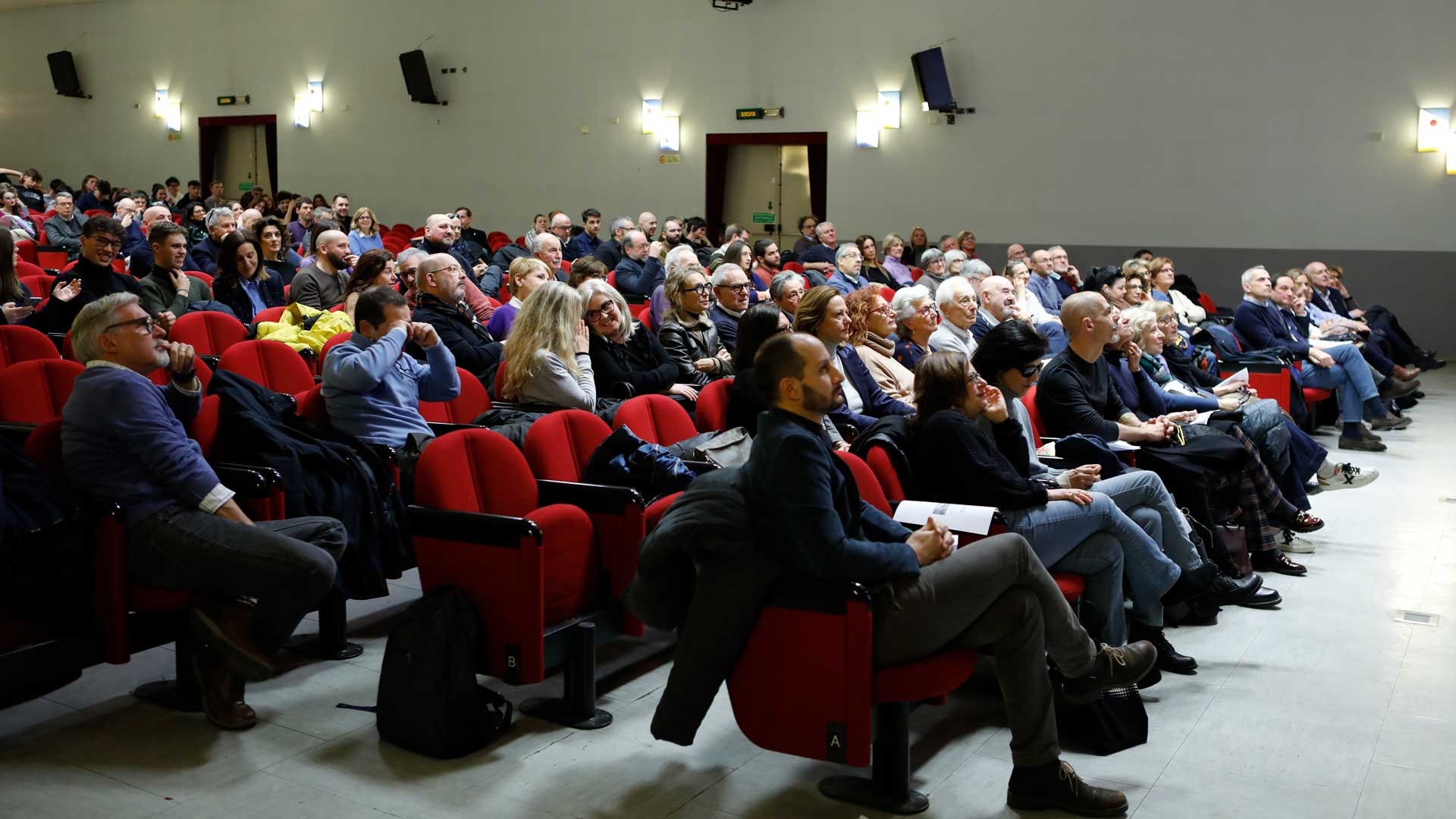
Placemakers look at cities from below and combine imagination and business skills, transmuting ideas into living projects capable of transforms a place. These space makers are not necessarily architects, engineers, urban planners, constructors and real estate development workers, politicians or scientists. On the contrary, they are young creatives with different backgrounds, with varied paths, hybrid professionals capable of reconciling imagination and creativity, who mix different skills and knowledge. They do not only operate on physical spaces, but also influence human behaviors, feelings and lifestyles because they know that the coexistence of the community is at stake. They are innovative designers who dare to think they can do something that has never been done before and they do it.
The Testimonies of Artists and Curators on Urban Regeneration
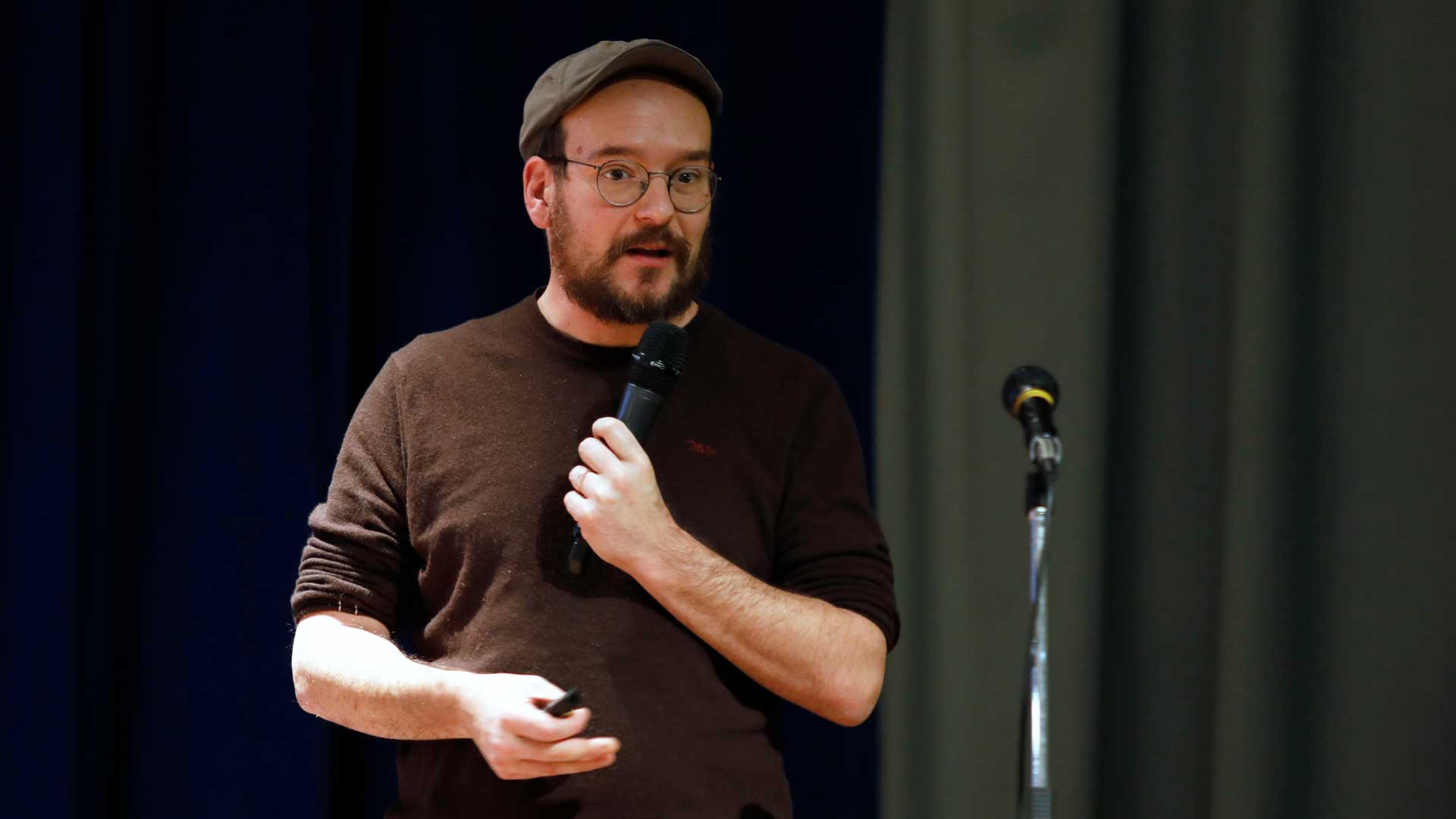
Florinda Saieva, with the same pathos, illustrated the projects carried out for years together with her husband and daughters in Favara, within the Farm Cultural Park, a place where beauty invades the streets and brings international guests to visit the city. The participatory street art projects described by Pao and Cristian Sonda enchanted the students, for their originality and the way of involving the little ones in neighborhood life, educating them to respect the spaces of the city.
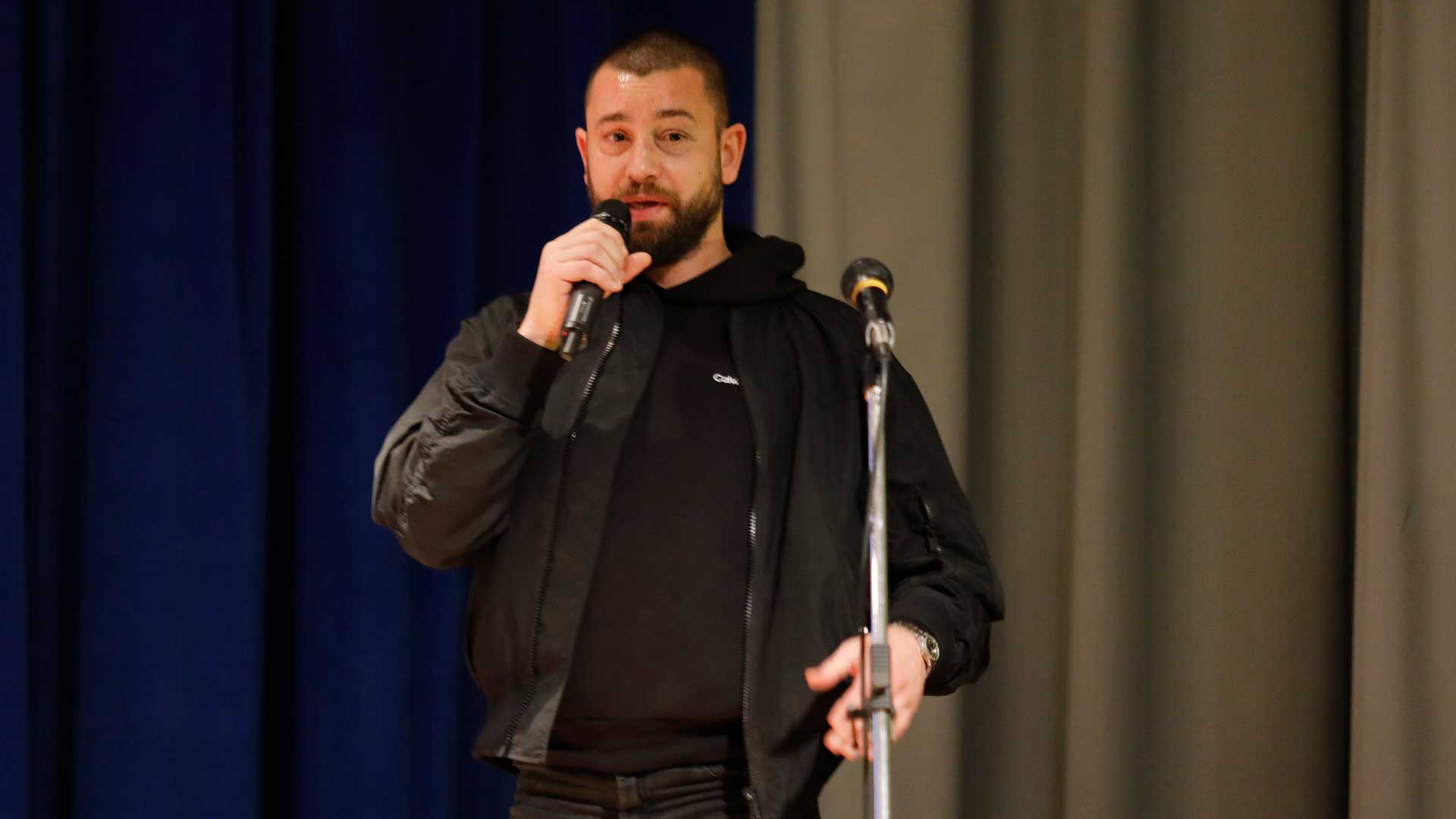
Giorgio Bartocci showed the project created with the Zanichelli publishing house for their Bologna headquarters, which connected the contemporary language of street art with the history of the city center. Finally, Walter Contipelli (Orticanoodles) showed how, with a collective project, the entire Ortica area in Milan has been redeveloped and today attracts tourists from all over the world, visiting to admire the works of street art on the walls and the facades of entire buildings.
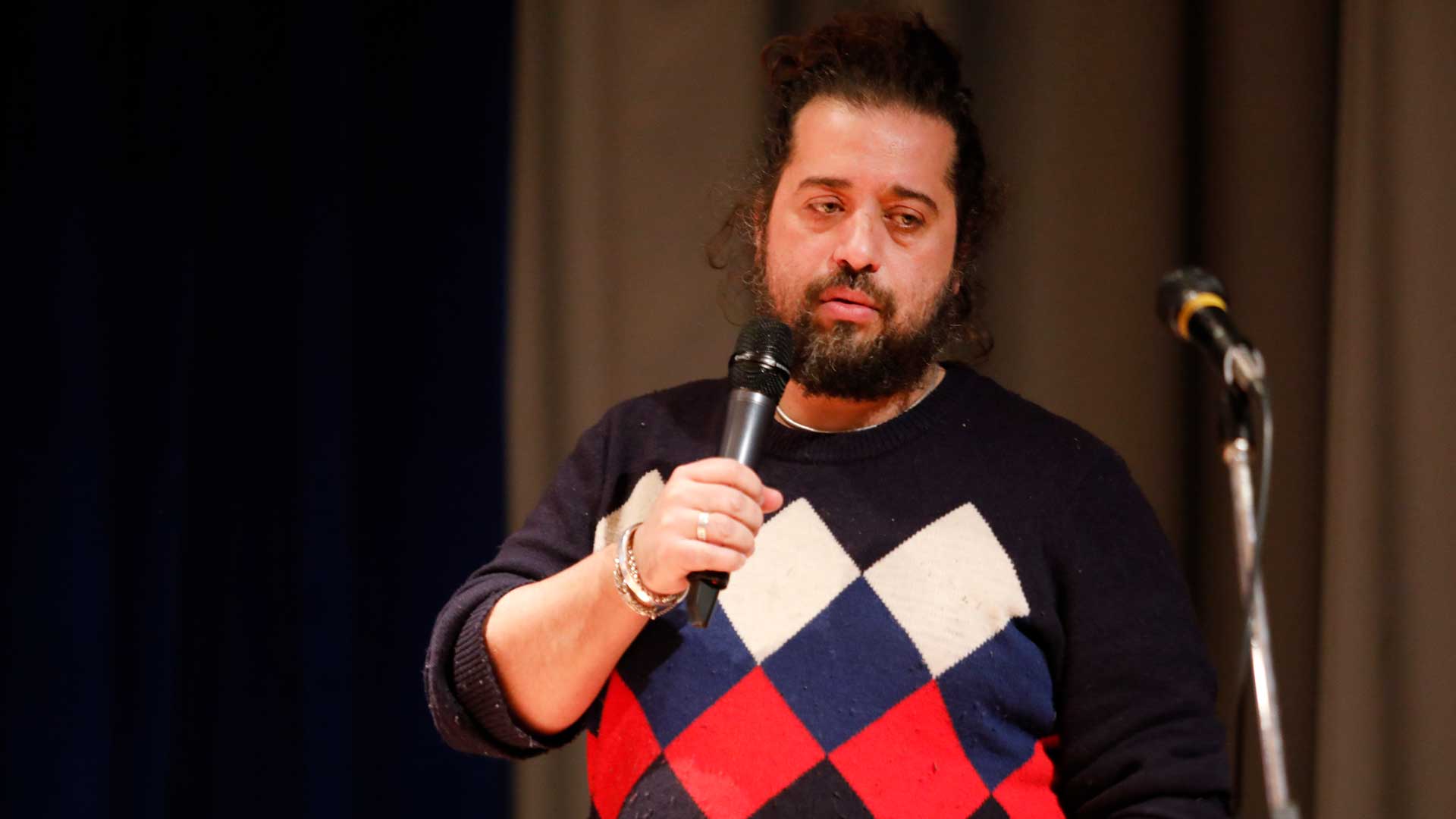
The end of the morning brought a clear message for the younger ones: the placemakers, experimenters and innovators of tomorrow. They will be demanded to change the places in which we live today, being ready to take up the challenge of creating a more beautiful world than the one they inherited. “I urge you to think without schemes and outside the fields of specialization, beyond the pre-established compartments,” concluded Massimo Gianquitto. “Creativity needs unscrupulousness to imagine a better future”.
